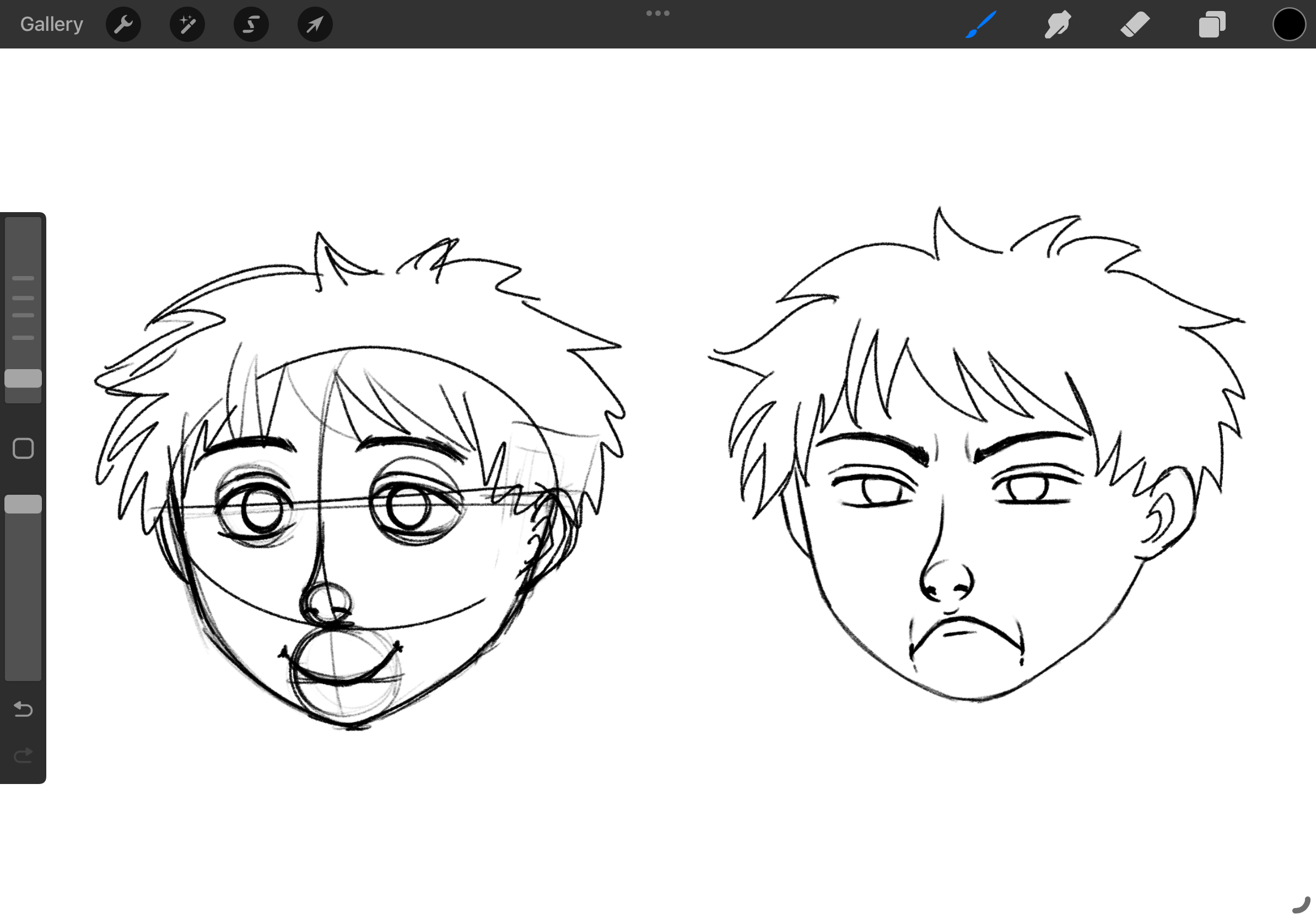What is Art?
Art can be anything you love. Nature, your pet, your friends and family, anything can become art. The possibilities are endless, and the best thing you can do is imagine and bring your ideas to life on a piece of paper.
Will that little doodle count as art? I think so. If you're proud of your masterpiece, then it is art. The joy you feel while imagining and creating, that spark in your eyes, is what makes it special.
I believe those fun, happy moments of creating something are what keep us engaged with life. So, maybe now you understand what art is… or at least what it can be.
“Philosophy of Education”
As an Asian woman and an immigrant child, I bring a unique lens to my role as an aspiring art teacher. My own experiences of navigating cultures and finding my identity through creativity have deeply shaped how I want to teach and connect with students. I believe that art can be both a personal journey and a bridge between people and cultures.
I began my creative path studying animation, with the goal of becoming a character designer. At the time, I was so focused on this one direction that I didn’t realize how vast the art world truly is. After facing burnout and taking time to rediscover myself, I came to understand that creativity isn’t linear, it’s something we continuously shape and reshape. Now, I want to help students explore beyond the boundaries of a single dream. I encourage them to ask questions, imagine freely, and stay open to unexpected directions in both art and life.
In my classroom, I aim to create a supportive space where students can explore a wide range of art forms: from painting and drawing to digital illustration, ceramics, and crafts. I love designing fun, hands-on projects that encourage students to play, take creative risks, and build confidence. By introducing diverse artists and cultural perspectives, I hope to inspire students to see how art reflects identity, history, and community.
Surrealism has become a strong theme in my own artwork, especially after working through creative blocks caused by strict design expectations. I learned that a balance between structure and freedom is essential, and I bring that same balance into my teaching. Whether a student is exploring foundational techniques or pushing the limits of their imagination, I want them to feel safe and excited to create.
As someone who grew up loving anime and global visual storytelling, I also emphasize how creativity transcends language. Social media and digital platforms allow students to share their ideas and connect with others around the world. I want them to see that being an artist isn’t just a dream, it’s a real and flexible path. Whether they pursue freelancing, content creation, education, or studio work, there are so many ways to build a meaningful and sustainable creative life.
Ultimately, I hope to inspire a lifelong connection to art. Whether my students go on to become professional artists or simply create for joy, I want them to understand the power of self-expression, cultural storytelling, and the impact their voices can have through art.
“Course Curriculum”
For my lesson plan, I have prepared a unit specifically designed for a digital art classroom. It includes instruction on digital software and tools, lessons on the fundamentals of digital art and design, and a final project focused on world-building to encourage creativity and imagination.
Unit Plan
Visual Syllabus
Links to my file!
“Unit Plan: Concept Design - Creating a World”
“Teacher Tutorial”
A teacher demonstration on how to draw a character’s head and how to transform the facial expression from a default to a different emotion.

